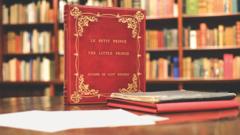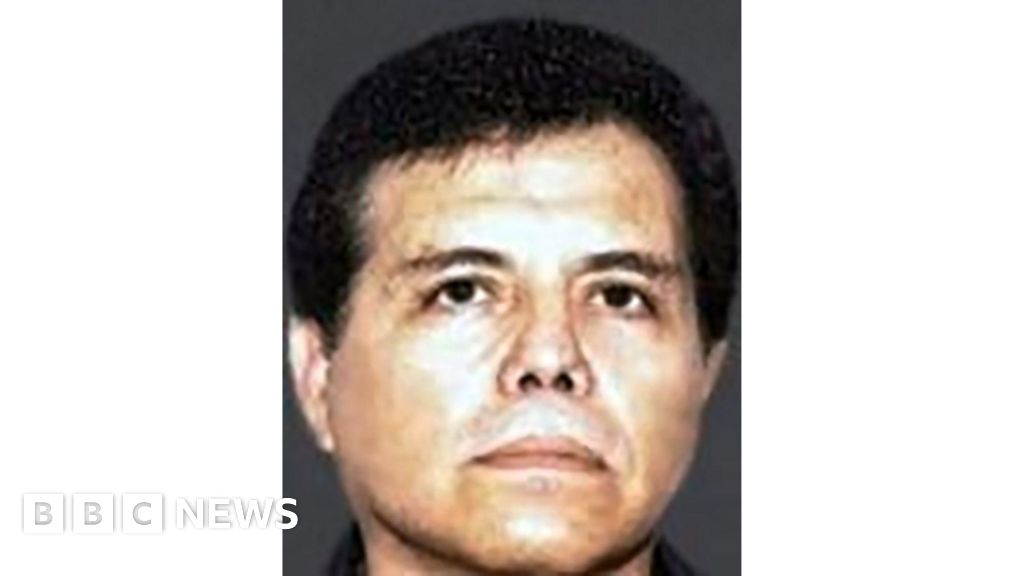A rare typescript of the beloved children's tale "The Little Prince" is poised to go under the hammer for a remarkable sum of $1.25 million (£963,313) at the Abu Dhabi Art Festival in November. This exceptional document, created by Antoine de Saint-Exupéry in the 1940s while he was in exile from Nazi-occupied France, stands as one of only three known to exist globally. With handwritten annotations and sketches from the author himself, the typescript embodies a piece of literary history.
Described by Sammy Jay, a literature specialist at Peter Harrington Rare Books, as "an extremely rare event," this typescript represents a significant artifact in the world of literature. Originally penned in French, "Le Petit Prince" was composed during Saint-Exupéry's time in New York amidst World War II and was first published in 1943. The story follows a stranded pilot who encounters a young boy, the Little Prince, exploring themes of love, loss, and the essence of human experience.
Saint-Exupéry, a skilled aviator, departed for Europe on a reconnaissance mission after completing his book but mysteriously disappeared during the flight. His fate remains unknown, adding an air of intrigue to his legacy and this work. Over the decades, "The Little Prince" has achieved monumental success, resonating with readers across generations and cultures, and is famously one of the most translated works of literature.
Among the intriguing features of this typescript are the evidence of stubbed-out cigarettes on its cover, as well as pages filled with the author's handwritten notes and edits. Notably, it contains what is believed to be the first written appearance of the famous quote: "It is only with the heart that one can see rightly; the essential is invisible to the eye."
This specific typescript is considered "much more intimate" than its counterparts, with detailed doodles and notes that reveal the thought processes of Saint-Exupéry. It also includes two sketches of the Little Prince, one serving as a rough draft for the final book illustration. According to Mr. Jay, the document has been with Peter Harrington Rare Books since early 2024, where it has undergone cataloguing and research in preparation for its sale.
Mr. Jay mentioned that there is potential for a museum or library outside Europe to acquire the typescript, a move that would underscore the global significance of this literary gem. "The Little Prince" is not merely a cherished children's book but a testament to universal themes that transcend borders and generations, cementing its place in global literary heritage.
Described by Sammy Jay, a literature specialist at Peter Harrington Rare Books, as "an extremely rare event," this typescript represents a significant artifact in the world of literature. Originally penned in French, "Le Petit Prince" was composed during Saint-Exupéry's time in New York amidst World War II and was first published in 1943. The story follows a stranded pilot who encounters a young boy, the Little Prince, exploring themes of love, loss, and the essence of human experience.
Saint-Exupéry, a skilled aviator, departed for Europe on a reconnaissance mission after completing his book but mysteriously disappeared during the flight. His fate remains unknown, adding an air of intrigue to his legacy and this work. Over the decades, "The Little Prince" has achieved monumental success, resonating with readers across generations and cultures, and is famously one of the most translated works of literature.
Among the intriguing features of this typescript are the evidence of stubbed-out cigarettes on its cover, as well as pages filled with the author's handwritten notes and edits. Notably, it contains what is believed to be the first written appearance of the famous quote: "It is only with the heart that one can see rightly; the essential is invisible to the eye."
This specific typescript is considered "much more intimate" than its counterparts, with detailed doodles and notes that reveal the thought processes of Saint-Exupéry. It also includes two sketches of the Little Prince, one serving as a rough draft for the final book illustration. According to Mr. Jay, the document has been with Peter Harrington Rare Books since early 2024, where it has undergone cataloguing and research in preparation for its sale.
Mr. Jay mentioned that there is potential for a museum or library outside Europe to acquire the typescript, a move that would underscore the global significance of this literary gem. "The Little Prince" is not merely a cherished children's book but a testament to universal themes that transcend borders and generations, cementing its place in global literary heritage.




















